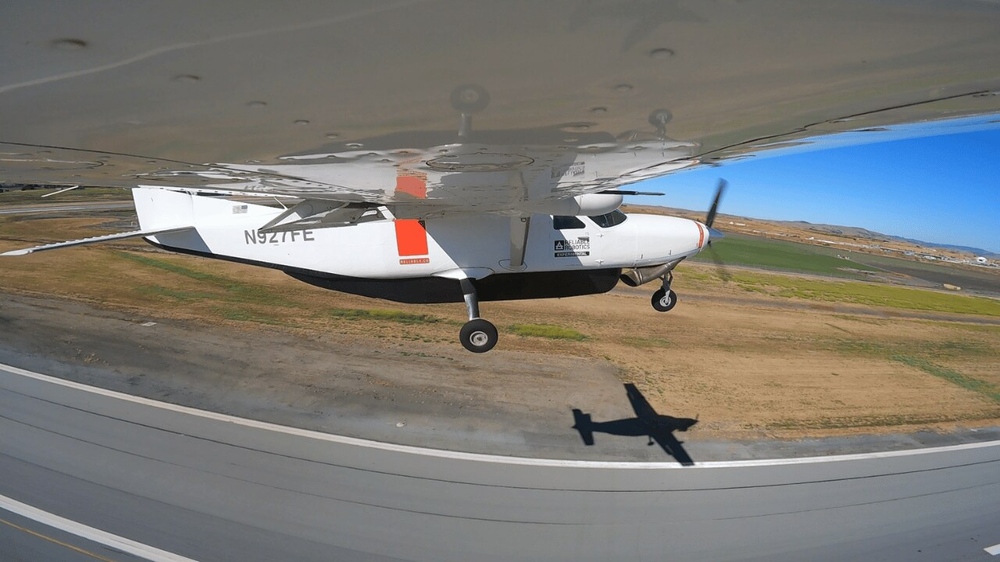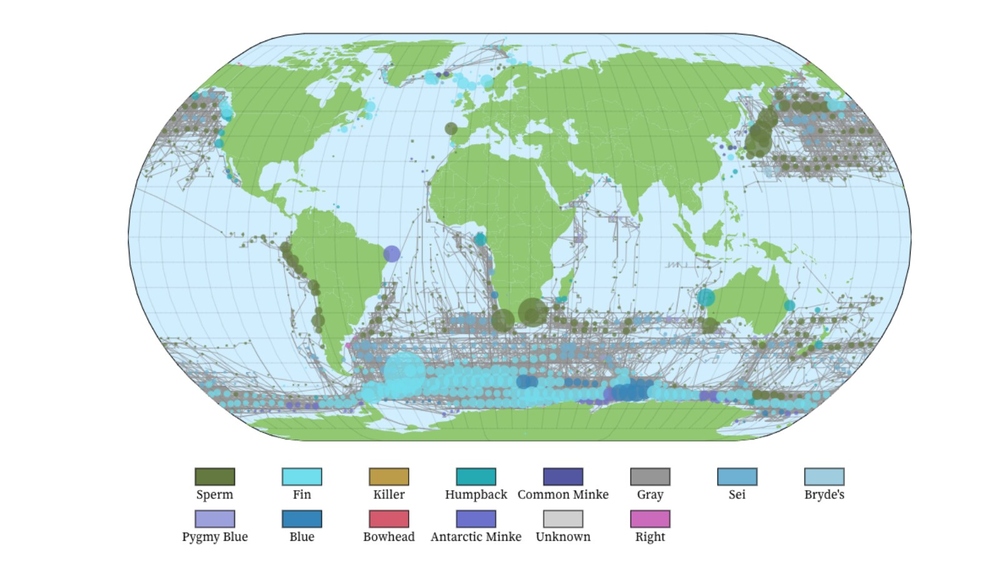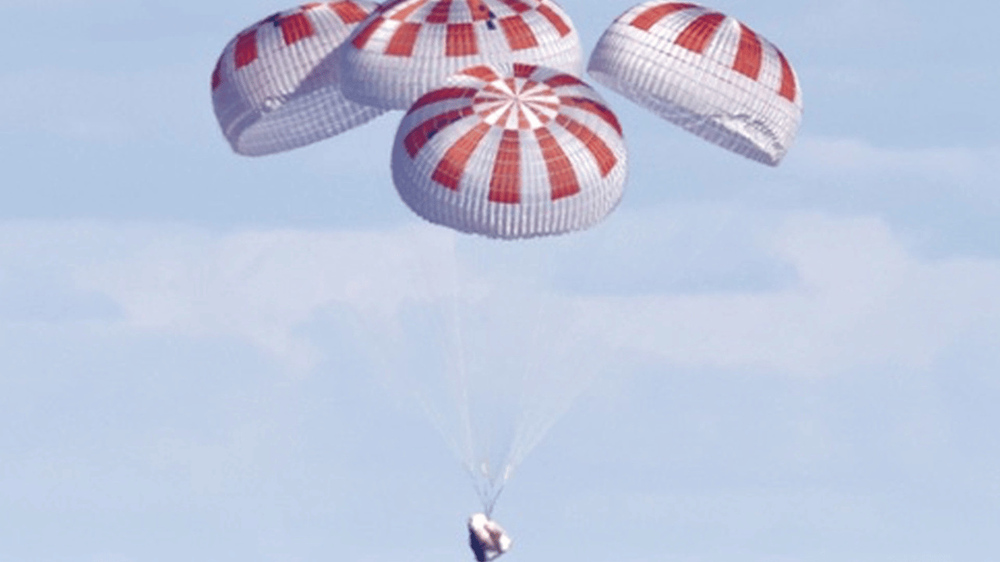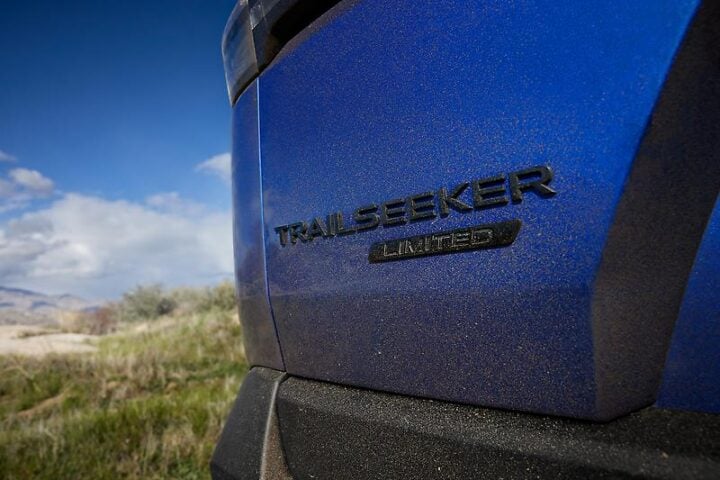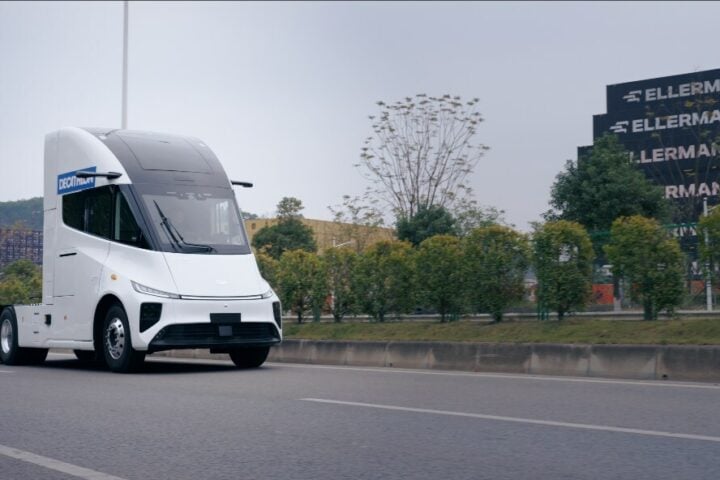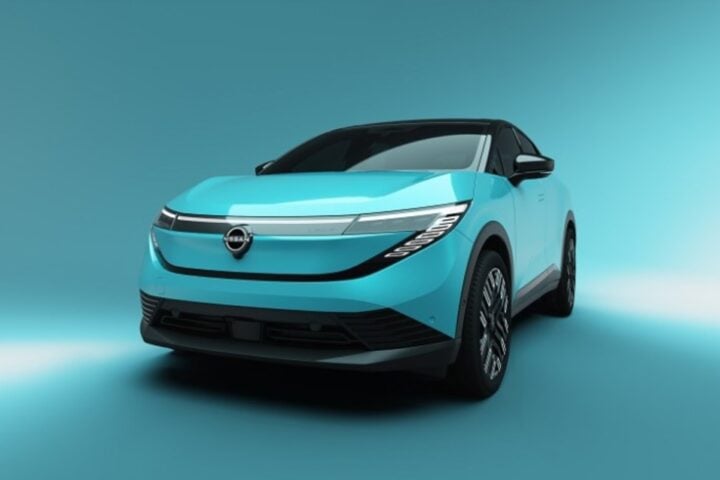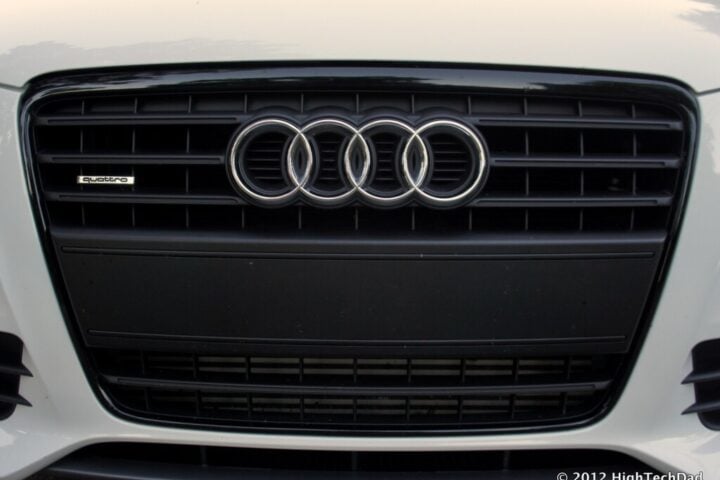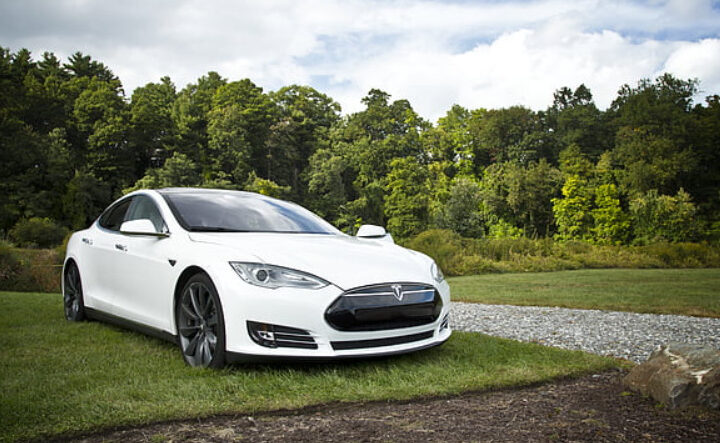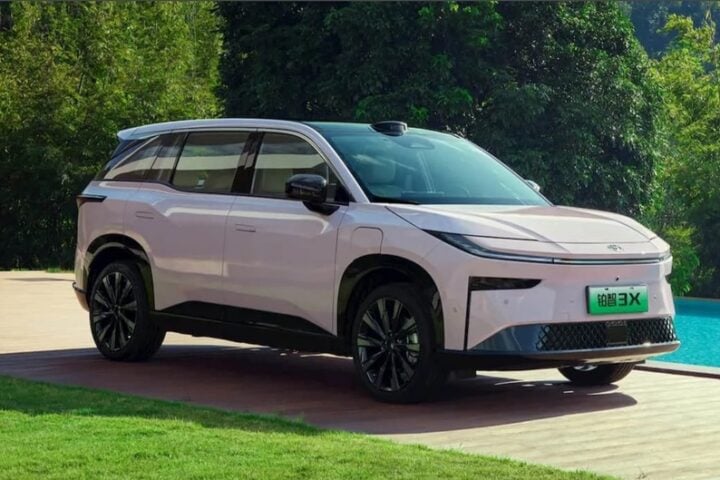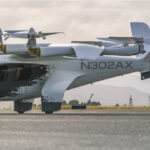In November 2023, Reliable Robotics achieved a significant milestone in the autonomous aviation field by conducting a successful uncrewed flight of a Cessna 208B Caravan. This event marked a notable advancement in the realm of aircraft automation systems, particularly for cargo aircraft.
The Cessna 208B Caravan, operated remotely by a pilot from Reliable Robotics’ control center 50 miles away, was flown without anyone on board. This achievement was made possible by the company’s autonomous flight system, which is designed to fully automate the aircraft through all operational phases, including taxi, takeoff, and landing. The system aims to enhance safety by preventing controlled flight into terrain (CFIT) and loss of control in flight (LOC-I), two significant factors in aviation accidents.
Reliable Robotics has been working collaboratively with Textron Aviation, the manufacturer of the Cessna 208B Caravan, and ASL Aviation Holdings. Textron Aviation has expressed its commitment to continuous aviation improvements, seeing the successful uncrewed flight as a milestone for the industry in bringing new technology to aviation. ASL Aviation Holdings, a global aviation services company, has been working with Reliable Robotics to explore integrating advanced aircraft automation into its operations, with the goal of providing efficient cargo delivery to smaller, underserved areas.
Similar Posts
The U.S. Air Force is also interested in this technology, particularly for its potential use in large multi-engine aircraft for various missions, including cargo logistics and aerial refueling. The Federal Aviation Administration (FAA) formally accepted the certification plan for Reliable’s autonomous flight system in June 2023, a significant step toward regulatory approval. This plan complies with existing regulations for normal and transport category aircraft, without requiring special conditions or exemptions.
The autonomous system used by Reliable Robotics can be adapted to other aircraft types, emphasizing the potential for wider application in the aviation industry. This technology holds promise for enhancing safety, reducing operational costs, and addressing pilot shortages by enabling remote piloting and potentially autonomous flights.
